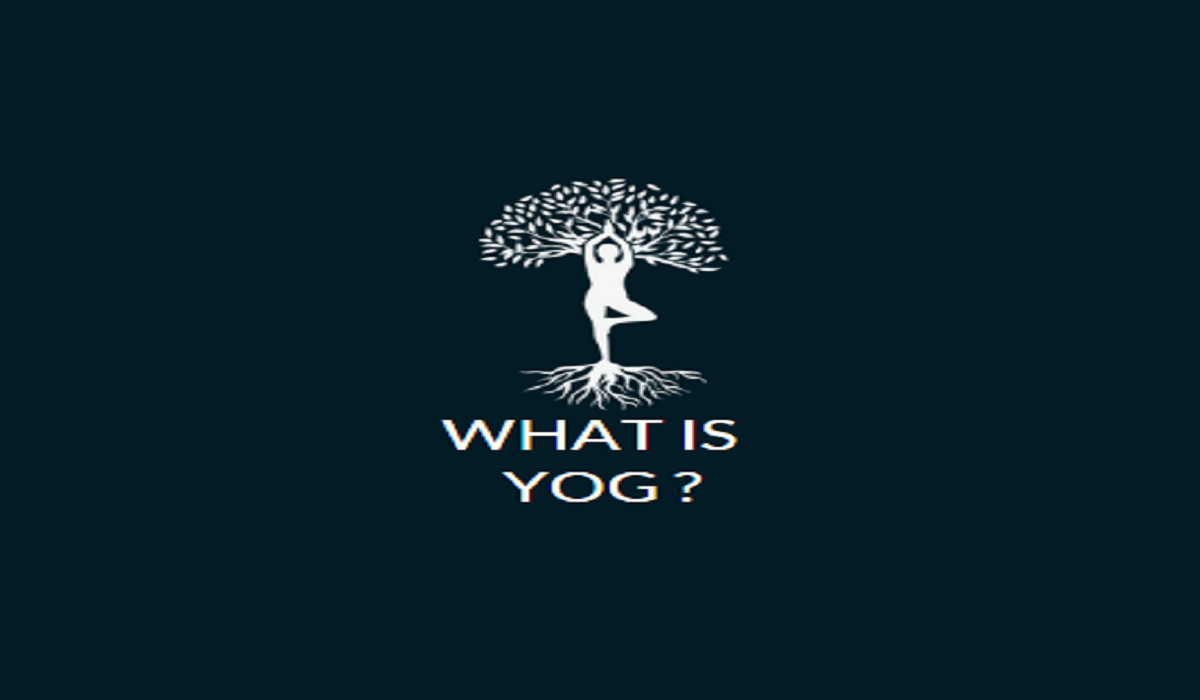Do you get confused when you hear the words Ashtanga yog, Hatha Yog or Kundalini yog? Do you feel which one is best suited for me or at least what I should do to follow a yogic path? In this blog let’s understand what Yog is and most importantly what it is not. So, let’s dive into understanding “What is not Yog?”
What is not Yog
o YOG & not YOGA
Our ancient scholars starting from Patanjali (“Yog – Sutra”) named the process as ‘YOG’. However, due to the rising interest of western countries into this stream YOG became YOGA.
So as far as possible we will try to stick to our roots and call the process as YOG & not YOGA.
o Mere physical exercise or meditation.
Yog is not mere physical exercise or following some sort of guided meditations. Yes, definitely it is a part of Yog, but it is not individually sufficient to be called as Yog.
What is Yog?
o Literal meaning of the word
The word “Yog” is derived from the word ‘Yuj’ meaning “union” or “connection.” It seeks to unify the different aspects of our being, like our body, mind, and spirit. It’s about joining these elements harmoniously and finding unity within ourselves and with the greater universe.
o Schools of Yog
There are various schools and sub-schools of Yog. Here we will be focusing on 10 major schools…

· Gnyana Yog
Dnyana Yog literally means the path of Knowledge (‘Dnyana’). It emphasizes on knowledge as a means to realize The Ultimate Reality/True Happiness (Brahman /Moksha).
As per Dnyana Yog, Ignorance is the root cause of suffering. Due to our pursuit of worldly pleasures (driven by our senses) we identify ourself with the Body, Mind, Brain, Race, Nationality and so on.
Thus, to gain ultimate Happiness (Moksha) one has to acquire knowledge about Self (Atma) and Super-consciousness (Parmatma).
· Bhakti Yog
Bhakti Yog is a path of engaging one’s mind in the practice of unconditional and selfless love towards God. This path suggests that one should surrender completely to the personal deity.
Bhagavata Purana mentions ‘nine primary forms of devotion’ (Navadha Bhakti). It consists of

These nine practices can be practiced independently or together. Each of these practices creates a specific Bhava (feeling) that appeals to different inner experiences of practitioners.
· Karma Yog
Karma Yog teaches us to approach life with a selfless attitude, emphasizing the importance of performing our duties without expecting anything in return. It reminds us that true joy comes from doing what’s right, not from the outcomes. Whether it’s at work, home, or in our communities, Karma Yog encourages us to do our best with a sense of duty and skilful execution (Karma su Kaushalam). It’s like living by the motto: “Do your best and let go of the rest.”
· Patanjala Yog (Ashtanga Yog)
Patanjala Yog is also known as Raja Yog is a journey crafted by the ancient sage Maharishi Patanjali (Yog – Sutra). He believed that our mind is constantly thinking of something, either past or future, thus causing suffering. So, Patanjali Yog teaches us to control the mind through practices like Kriya Yog and Ashtanga Yog.

Patanjali Yog teaches that liberation is achieved through the disciplined practice of these eight limbs.
· Hatha Yog
Hatha Yog is derived from ‘Ha’ meaning mental energy and ‘Tha’ meaning vital energy. Thus, Hatha Yog seeks to merge these two forces within us.
Hatha Yog practice suggests that by regulating our breath (Prana), we can calm our minds. It offers a range of techniques—from cleansing rituals to postures, breathwork, and meditation—to guide us on this journey.
Ultimately, Hatha Yog is more than just physical exercise; it’s a pathway to holistic well-being and inner transformation.
· Jain Yog
Jain Yog teaches us to see ourselves as separate from our bodies, focusing on the consciousness within. It offers five important vows to guide us toward enlightenment, with non-violence (Ahimsa) at its core.
Jain teachings stress that harming any life, including ourselves, hinders our spiritual growth. Thus, to reach liberation, we’re encouraged to embrace right faith, knowledge, and conduct, alongside practices like deep meditation (Kayotsarga) and introspection (Preksha).
Through ethical living and inner reflection, Jain Yog offers a pathway to free ourselves from worldly attachments and find true spiritual fulfillment.
· Buddha Yog
Buddha Yog, rooted in Buddha’s teachings, focuses on ending suffering through the Four Noble Truths and Eightfold Path. The path comprises practices like right view, conduct, and mindfulness. By cultivating discipline and meditation, one can overcome desires and break the cycle of birth and death, reaching Nirvana.
Buddha Yog offers diverse meditation techniques to develop mindfulness, concentration, and ultimately attain enlightenment.
· Laya Yog
Laya Yog is a pathway of deep meditation and spiritual awakening. It empowers practitioners to gain mastery over their senses and thoughts, thus bringing stillness to the mind and body. Different techniques exist, but focusing on inner sound (Nada) is particularly important. One can immerse oneself in devotion to God, even during daily activities.
This practice aims to harmonize the mind and life force energy, awakening spiritual potential through Kundalini.
· Kundalini Yog
Kundalini Yog teaches that each of us holds a dormant spiritual energy called Kundalini Shakti. It is like a serpent coiled at the base of the spine (Muladhar Chakra). Through practice, this energy awakens and rises upward, activating energy centers known as Chakras along the spine.
By practicing specific postures, breathwork, and gestures, Kundalini Yog aims to unlock this energy and guide it upwards, ultimately leading to a state of enlightenment.
· Mantra Yog
Mantra Yog is also called Japa Yog. It uses repetitive chanting to deepen meditation and connect with the inner Self. By chanting sacred sounds or phrases, it calms the mind, enhances focus, and fosters spiritual growth.
o Ultimate aim of Yog
From the above, it is clear that all schools of Yog have their ideologies where each path adopts a different approach, but all courses ultimately lead to the same destination.
The destination of attaining Moksha, bliss or union of individual consciousness with the Super-consciousness.
o Westernized Yoga Schools
o Hot yoga, performed in heated rooms, enhances flexibility, aids weight loss, and detoxifies the body.
o Power yoga, a fast-paced workout, focuses on strength and flexibility without meditation.
Although due to Western influence, accessibility to yoga has increased, offering benefits like stress reduction and mindfulness. However modern styles may not lead to spiritual liberation.
How Can YogSuyog Help?
§ At YogSuyog, we provide daily Yog (Asanas) practice sessions. So that you don’t miss your practice.
§ Under the guidance of highly qualified teachers and a dedicated peer group, hundreds of practitioners are realizing a profound transformation in their day-to-day experience.
In conclusion, we can say that yog is a powerful process that seeks to find your true self and make the union with the universal energies possible. Let’s embark on this journey of self-discovery and spiritual evolution together.
We hope to see you on the mat soon.


Leave a Reply